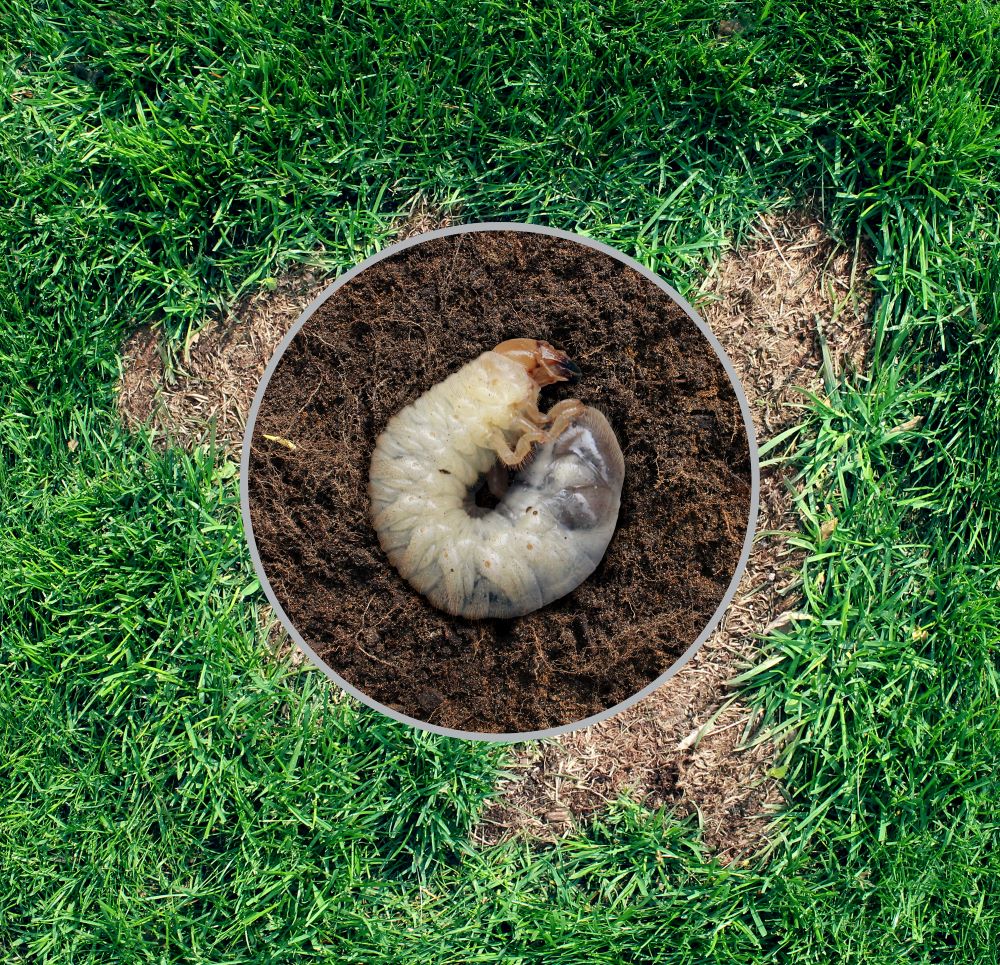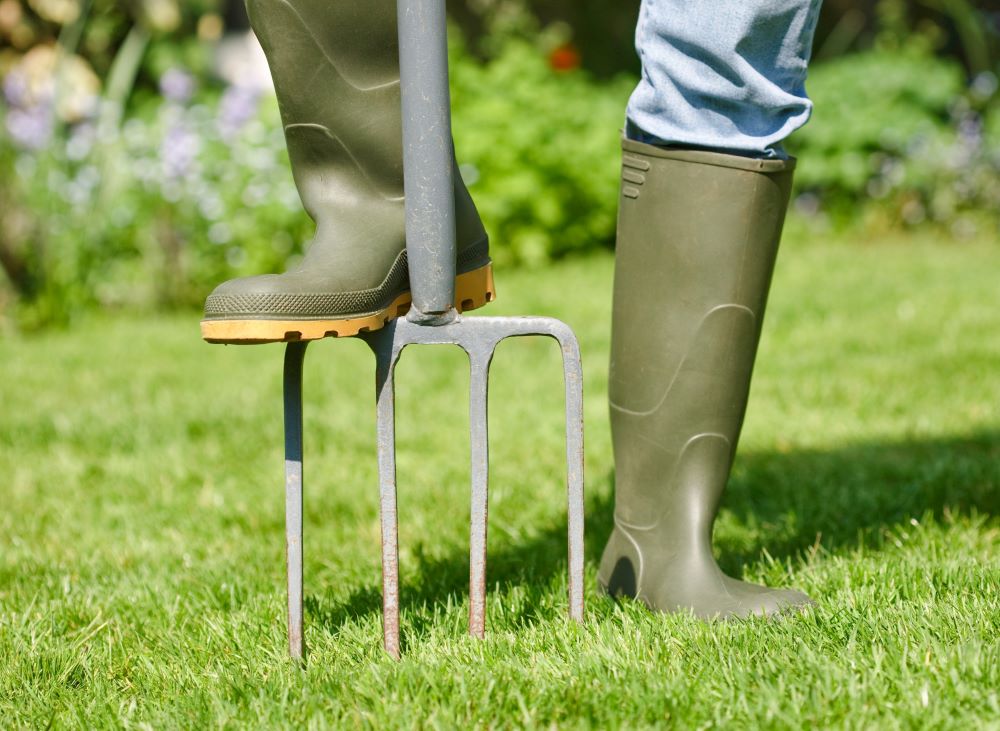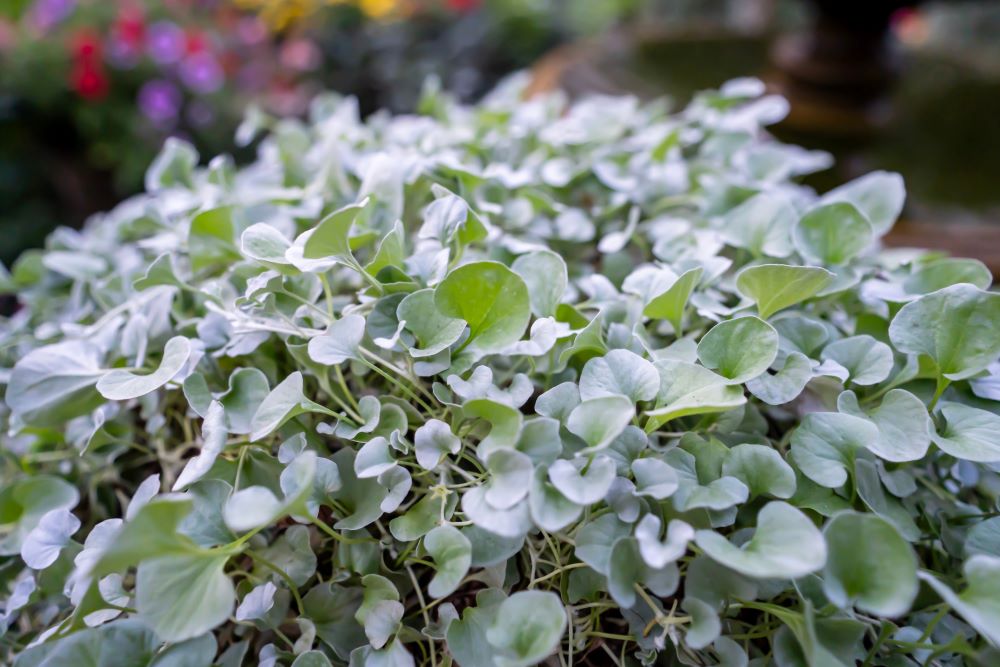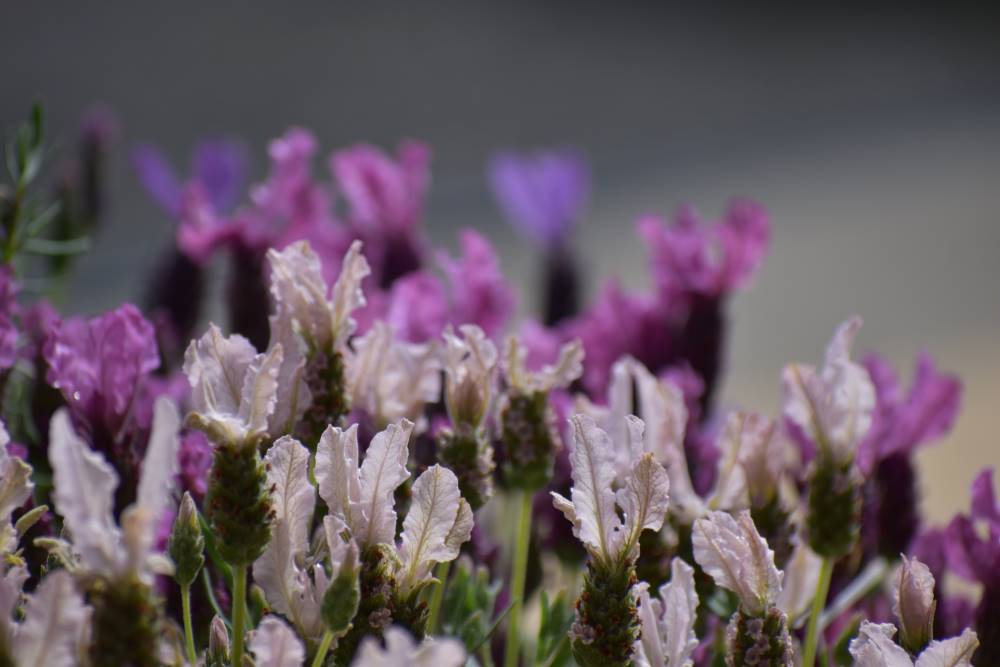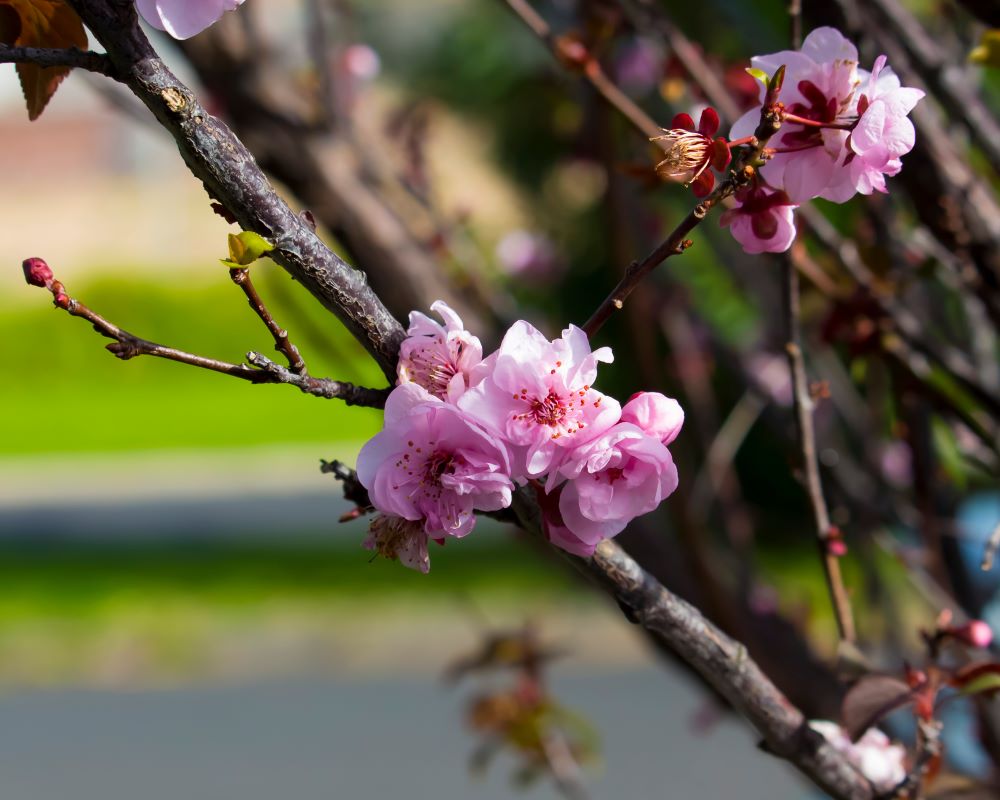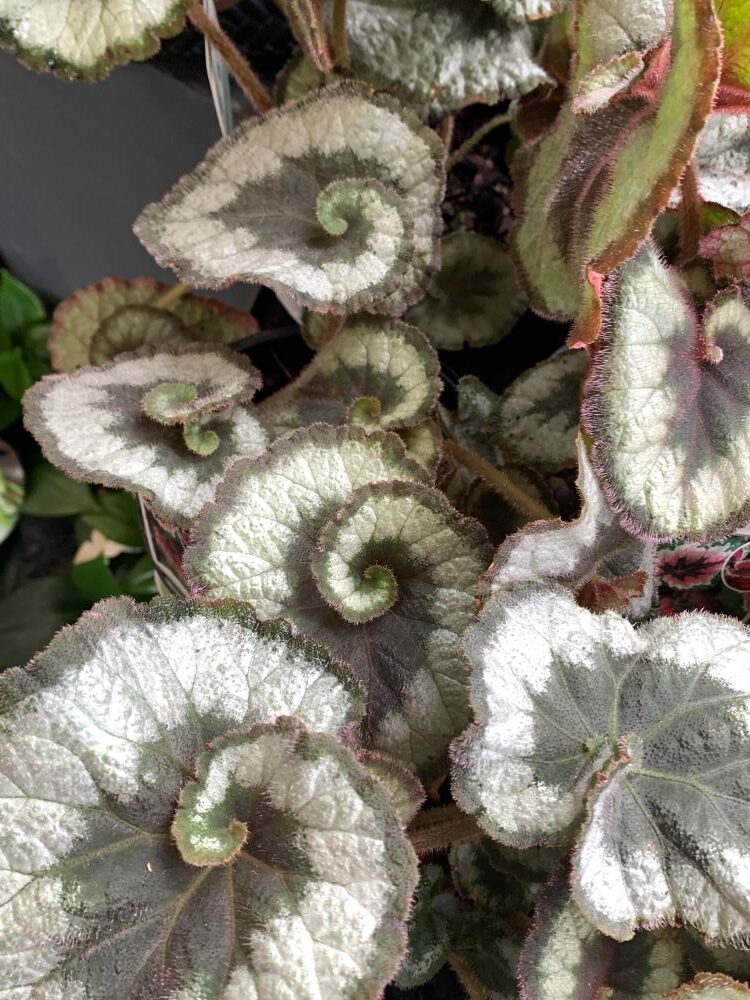Here are some basics in gardening for beginners and a refresher for others.
 Lawns.
Lawns.
- Don’t lay new turf over an existing lawn. The new grass needs nice and loose soil to be able to attach its’ roots. We recommend a 100mm depth of underlay for new grass. Preparation is everything.
- When top dressing an existing lawn, apply no more than 15mm of top dressing. Cut the grass short and neat before top dressing, to ensure the nutrients reach the bottom of the grass rather than laying on top.
- Avoid laying a new lawn during the most extreme weather months, such as June-July when it might be too cold for the lawn to grow, or January-February when it is too hot for a new lawn to take off. Moreover, keep in mind that establishing a new lawn in the heat of summer, would require frequent watering throughout the day.
 Gardens.
Gardens.
- The most important factor is having a good depth of soil, at least a depth of 30cm of loose soil.
- A rule of thumb when you’re planting, dig a hole twice the width and depth of the pot. Unless you are dealing with very heavy clay soil.
- You can determine if you have heavy soil by filling the hole with water and if it remains waterlogged after 24hrs, indicating bad drainage. Then you dig a wider hole and not as deep, to prevent the roots from sitting in that water.
- To improve clay soil, you can use gypsum and lots of compost to break up the clay texture.
 Plants.
Plants.
- Prune your plants AFTER they have flowered or given fruit. You don’t want to cut of the buds or fruits.
- Do not feed your plants when they are in flower or fruit. Fertilizing while they are in flower can result in the plant shedding its blossoms in favor of growth.
- Always spray for insects at dusk. Insects become active at night, rather than during daylight hours.
 Mulching.
Mulching.
- Always a minimum of 75mm layer of mulch to make sure to stop weeds and keep the moisture in.
- Never lay mulch up against the trunk of trees. That trunk will get a rut in it and insects will thrive. This can also lead to ringbark, where tree roots grow into the mulch in search of air and wrap around the trunk, potentially strangling the tree. To prevent this, create a small trench around the base of the tree trunk.






